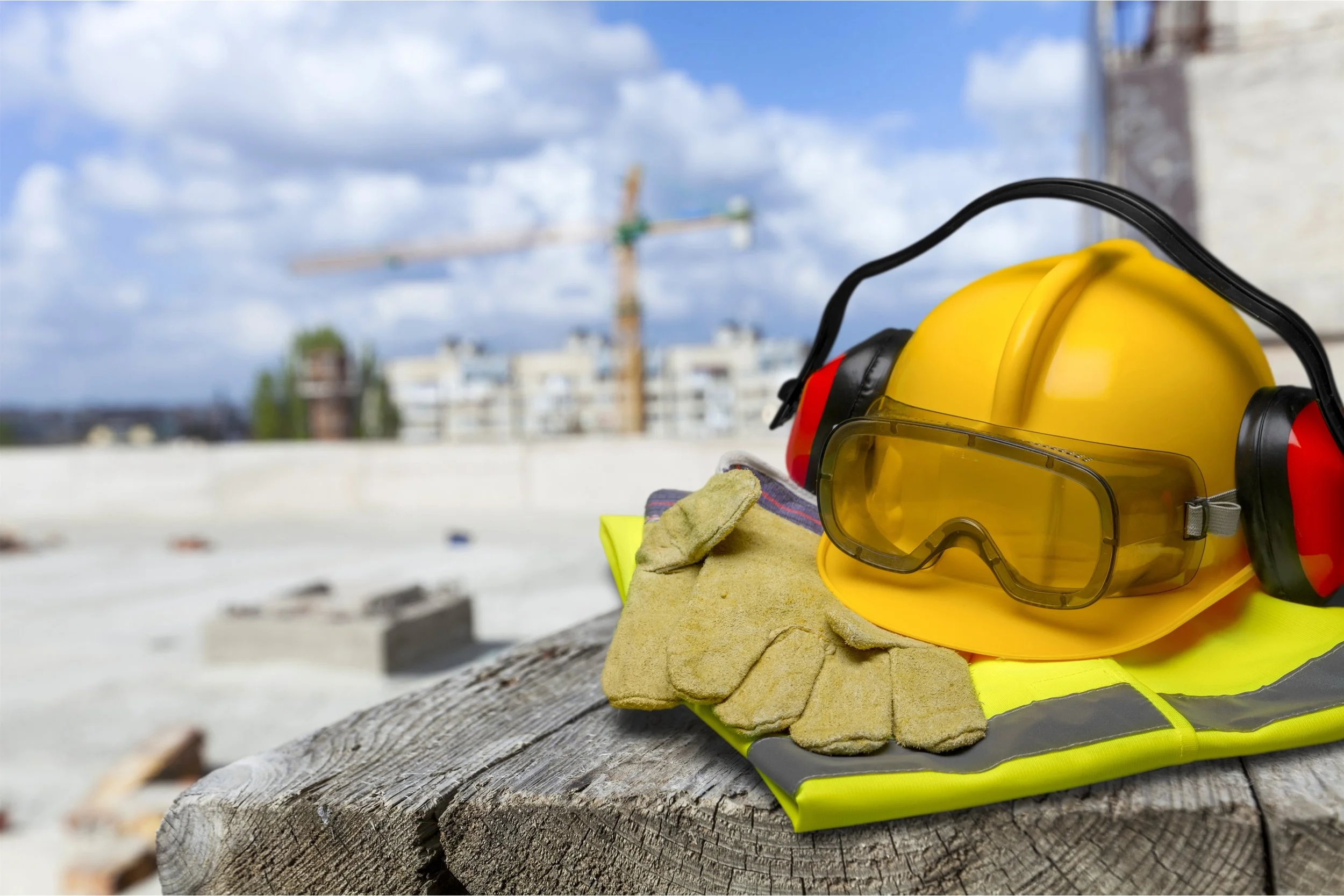Hearing loss from noise can occur with no symptoms and no warnings of any kind. Its progress is so slow and sneaky that you hardly notice it because you simply adjust as sound reception becomes fainter.
People who work around noise and don’t wear hearing protection probably don’t realize what is happening to their hearing. Most people are unaware that everyday noises such as lawn mowers and machinery have an effect on hearing. Since the damage accumulates over many years, it’s often too late to prevent or reverse what has already been done.
Exposure to a large amount of sound will cause a person’s hearing to worsen temporarily. For most people, resting and avoiding loud noises returns their hearing to its normal level. Hearing loss occurs when a person is continually surrounded by loud noises and takes no precautions so that damage becomes permanent.
Every person will experience some amount of natural hearing loss as they age. Simple steps such as lowering the volume on your TV or stereo can keep hearing loss to a minimum.
Prolonged exposure to loud noises can cause permanent hearing loss, but noise can be reduced before it ever reaches the eardrum by earplugs or ear muffs (most cost-effective), or by using noise dampening materials around machinery. If ear protection is necessary for a job or certain work function, the employer (municipality) is required to have it available and require its use by employees.
5 Excuses for not wearing proper hearing protection:
“I can’t hear other workers.” – At high noise levels, hearing becomes overloaded. Reducing overall sound levels allows the ear to operate more effectively in much the same way sunglasses provide improved vision in bright light, high-glare conditions.
“My machine sounds different.” – The sound of a machine will sound different to workers wearing hearing protection, but they will become accustomed to the new sound and will be able to monitor the sound of machines as well at the end of the day as at the start of the shift.
“I’m used to noise.” – Exposure to noise does not toughen ears. Ears do not become used to noise - workers become deaf.
“Protectors are uncomfortable.” – Like new shoes or glasses, new hearing protectors need a period of adjustment. If discomfort persists, the device should be exchanged for a different size or type that will fit more comfortably.
“I’ve already lost some of my hearing; why should I wear hearing protection now?” – Just because you lost some hearing doesn’t mean you’re protected from losing more or all of it. Initially, hearing is damaged at higher frequencies, but as unprotected exposures continue, the damage will spread to the lower frequencies, eventually affecting your understanding of speech. Although hearing protection devices cannot restore a noise-induced hearing loss, they can prevent additional losses from occurring.
It is important to remember, once hearing protection is put on it needs to be monitored. Hearing protection can loosen or be jostled out of position and needs to be readjusted from time to time to be most effective.
It is best to identify tools, machines, and areas where hearing protection must be worn, and have the appropriate types of hearing protection for the type of work. Train your workers and have appropriate policies and procedures in writing and in place. Supervisors must monitor workers who are in areas where hearing protection is required and hold them to the policies.
Don’t play it by ear. When the job calls for hearing protection, use it!


